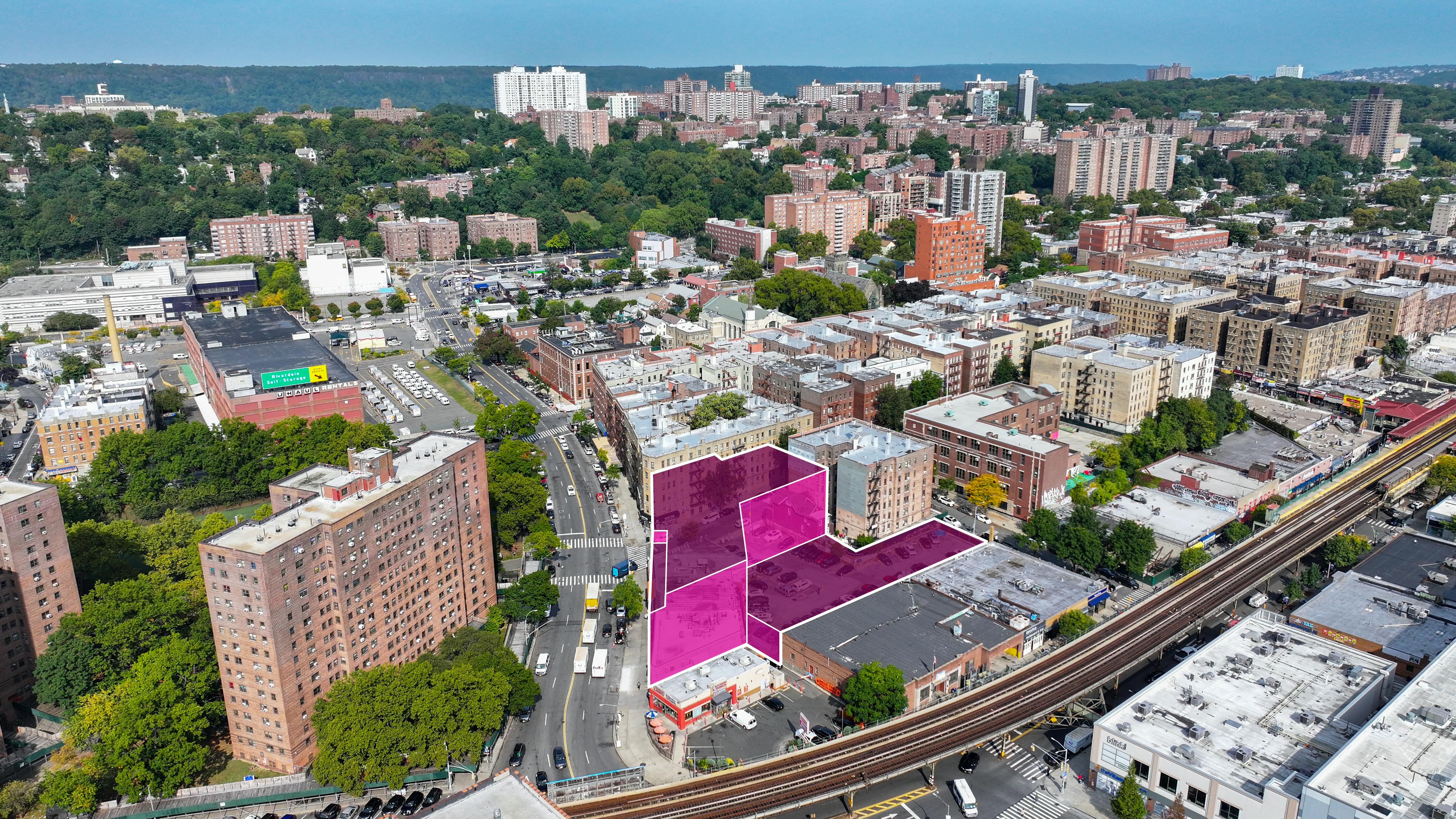Bulk & Massing: How Zoning Shapes NYC’s Building Envelope
Development Site Advisors®
Bulk & Massing: How Zoning Shapes NYC’s Building Envelope
New York City’s skyline may seem organic, but it’s anything but accidental. Behind every setback, height limit, or rooftop angle lies a series of zoning regulations that define what developers can—and can’t—build on a given parcel. Known collectively as bulk and massing requirements, these controls form the framework of the city's "building envelope."
For developers and property owners, understanding bulk is more than academic—it’s essential to feasibility, pro forma modeling, and architectural vision. As the City of Yes reforms continue to update aspects of NYC’s zoning code, it’s critical to revisit how these rules interact with modern development strategy.
What Is “Bulk” in NYC Zoning?
“Bulk” refers to the three-dimensional shape and volume a building can occupy on a lot. It’s regulated by several interrelated zoning tools, including:
- Height Limits: Maximum vertical elevation allowed, often varying by zoning district.
- Setbacks: Required distances between the building and lot lines, particularly at upper stories.
- Lot Coverage: Percentage of the lot that can be occupied by the building footprint.
- Sky Exposure Plane: A sloped plane starting at a certain height above the street, regulating how the building tapers as it rises.
- Yard Requirements: Mandatory open space (rear, front, side) to ensure light and air access.
These components collectively define the “as-of-right envelope”—the buildable volume without special permits or variances.
From Setbacks to FAR: A Quick History
The regulation of bulk in NYC dates back to the 1916 Zoning Resolution, which introduced setback rules to prevent tall buildings from casting endless shadows on the streets below. These step-like massing’s gave rise to the classic “wedding cake” design seen across mid-century Manhattan.
In 1961, the city replaced setback formulas with a more flexible, FAR-based system (Floor Area Ratio), allowing more creative site planning while controlling overall density. However, elements of the old rules—like sky exposure planes—still influence today’s designs, especially in contextual zoning districts.
Why Bulk Matters for Developers
Understanding bulk and massing is essential to:
- Maximize Site Yield: Knowing how to shape the building to hit the FAR cap without triggering zoning violations.
- Preserve Light & Air: Especially important on narrow lots and midblock sites.
- Avoid ULURP: Adhering to as-of-right bulk avoids the time and risk of discretionary review.
- Design Responsively: Aligning with neighborhood scale can ease community board approvals or public resistance.
In areas governed by Quality Housing Program rules, bulk requirements also tie into unit mix, open space ratios, and building envelope efficiency.
The City of Yes: What’s Changing?
While the City of Yes focuses more on density, parking, and use reform, it also proposes modest adjustments to bulk rules—particularly in mid-density and town center zones. These include:
- Increased height allowances on wider streets
- More flexibility on rear yard coverage and open space ratios
- Streamlined massing for ADUs and BDUs
- Relaxed rules for small or irregular lots
Expect more clarity as final zoning text amendments roll out in 2025.
How Development Site Advisors® Can Help
At Development Site Advisors®, we specialize in zoning intelligence and development feasibility. Our team works with developers, owners, and architects to:
- Model buildable envelopes across all NYC zoning districts
- Identify zoning overrides, variances, or waivers when needed
- Calculate lot coverage and sky exposure compliance
- Coordinate with architects to align zoning analysis with design intent
Whether you’re pursuing a value-add repositioning or ground-up development, understanding the massing potential of your site is critical to maximizing returns—and avoiding costly surprises.
Want a buildable envelope study for your lot?
Contact us today for a zoning memo or full feasibility model tailored to your site.

